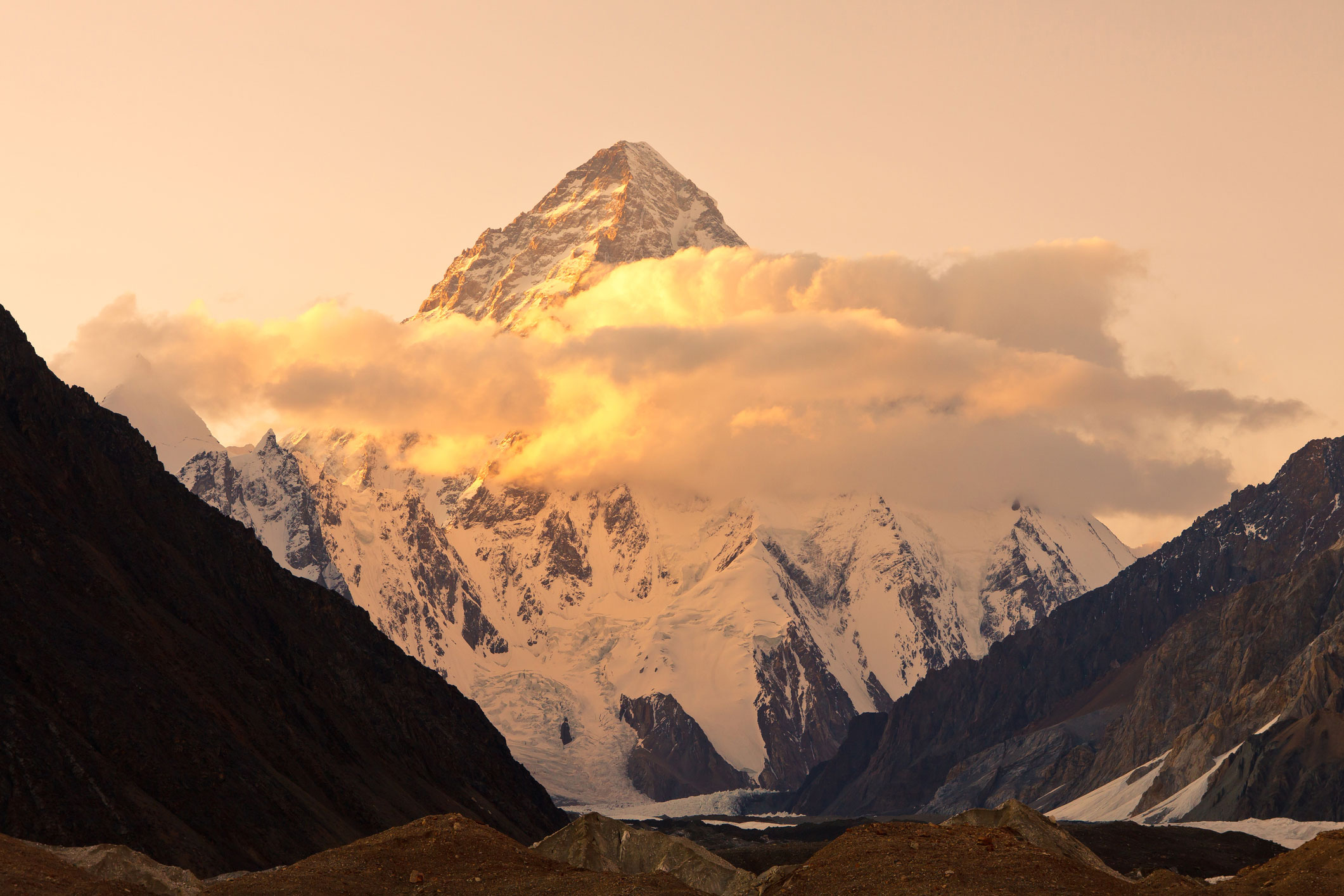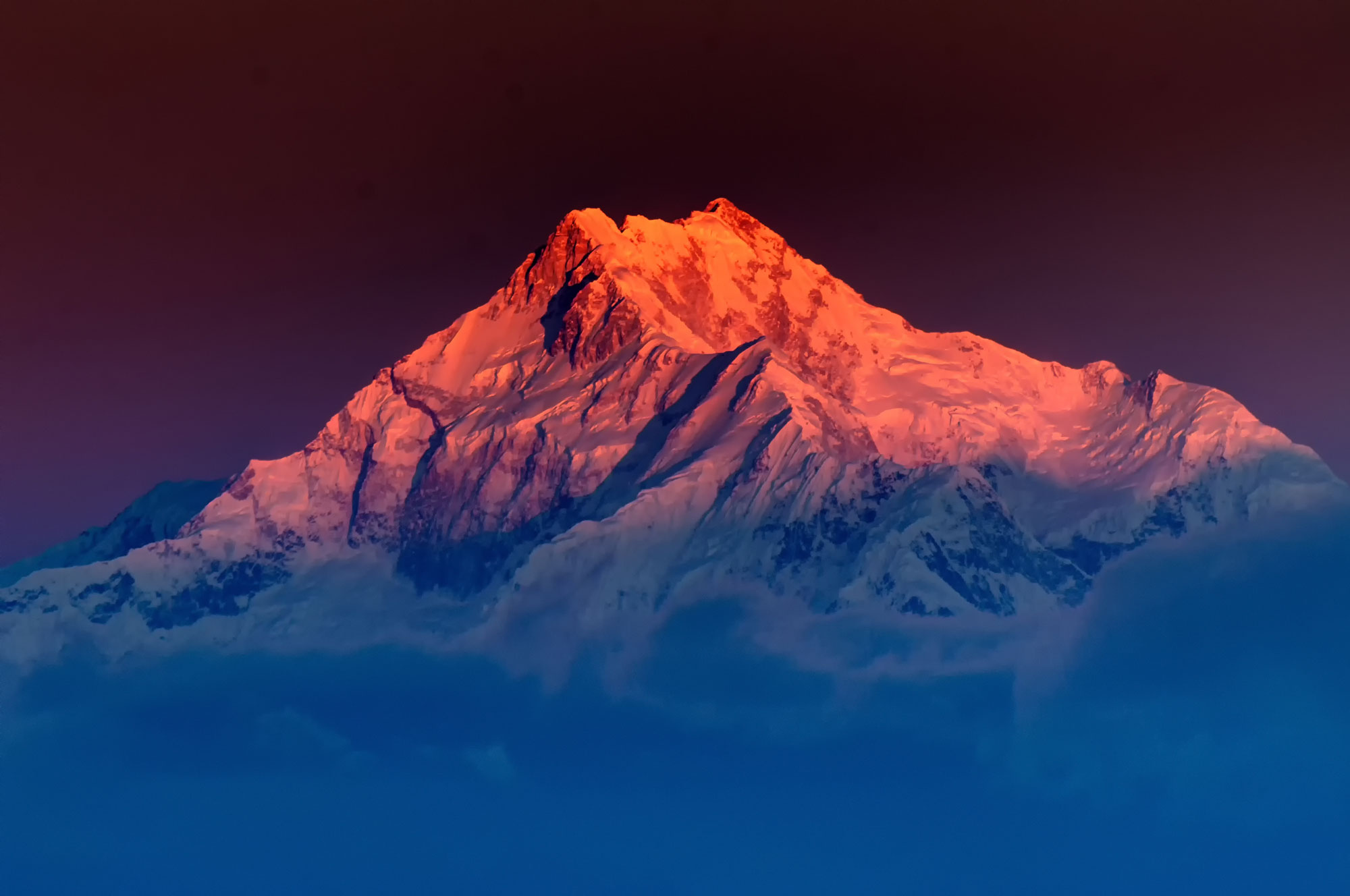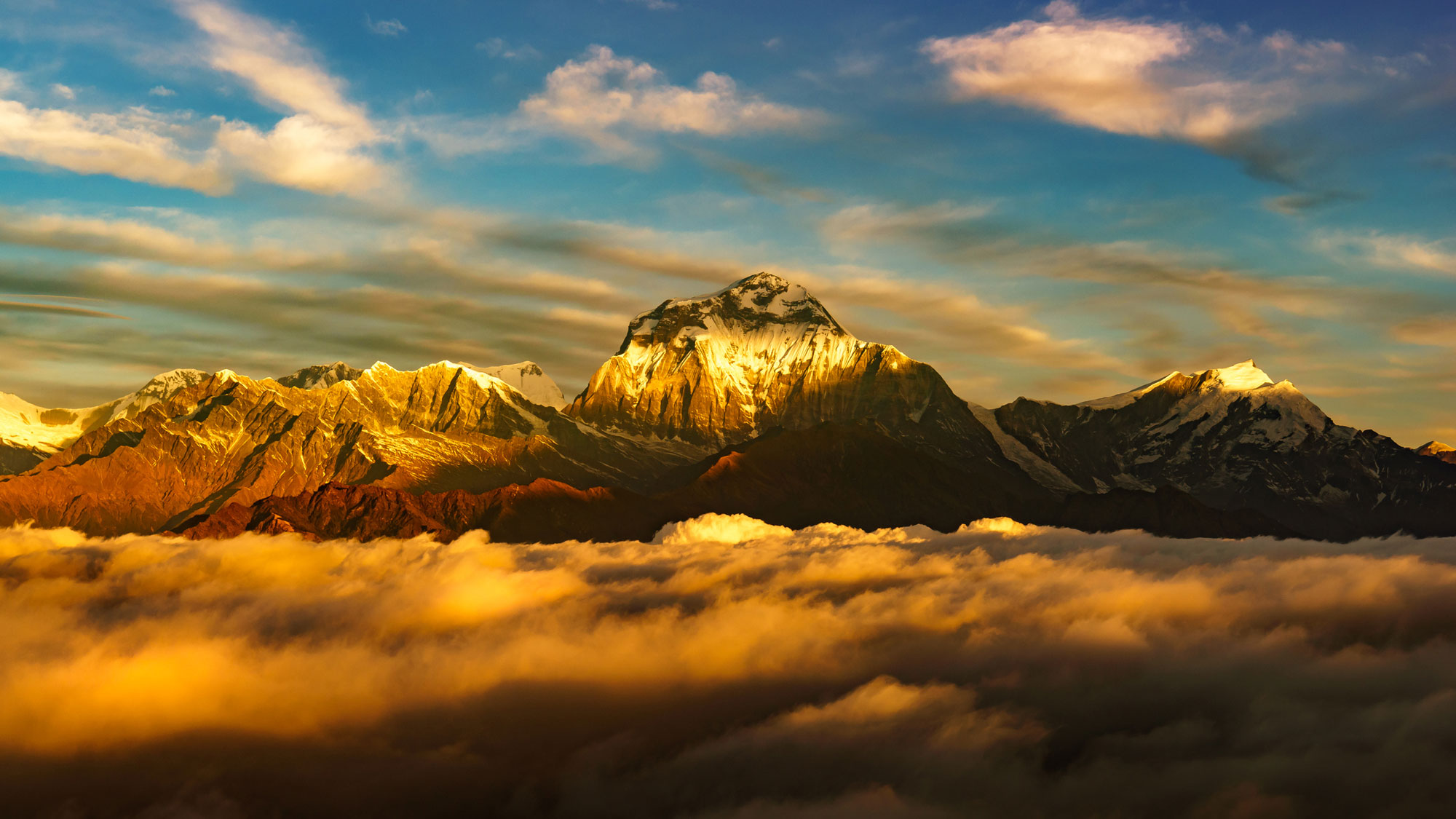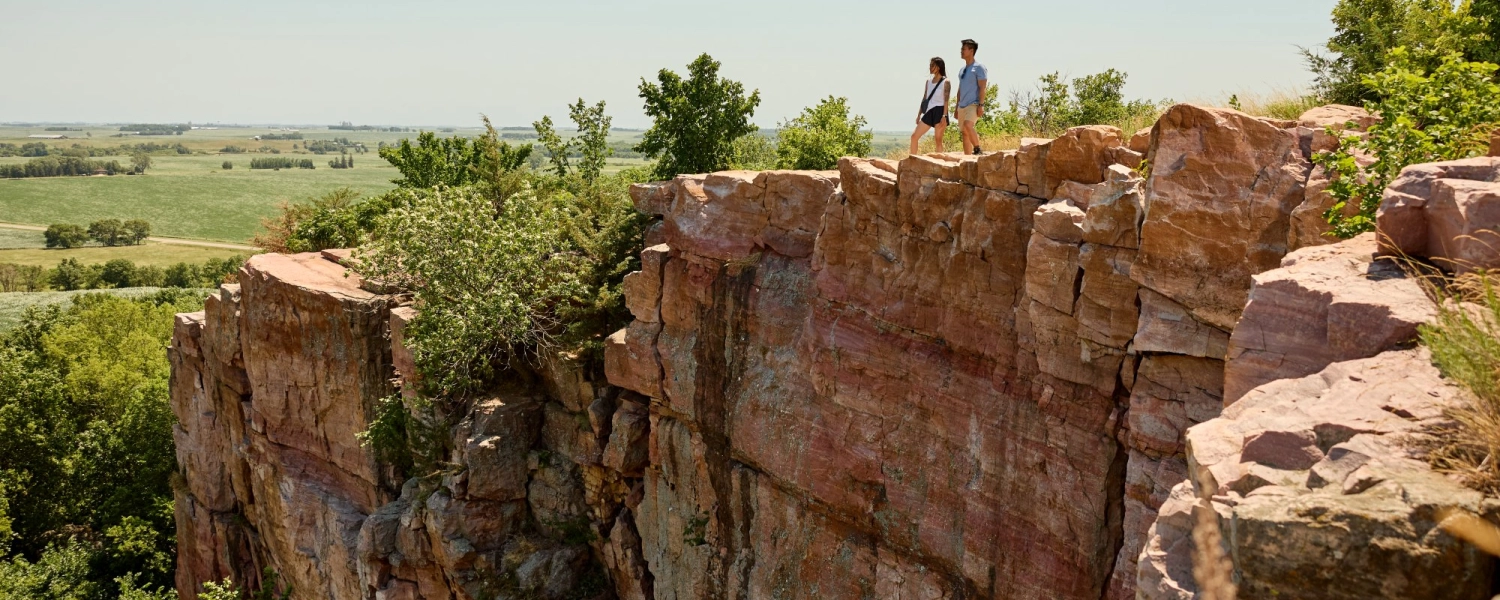- Details
- Written by: Jack Clayton
It goes without saying that climbing big mountains can be dangerous, and that some mountains are considerably more dangerous to climb than others. But what is the most dangerous mountain in the world? You might be forgiven for thinking that because Everest is the highest mountain in the world, it’s also the deadliest. However, in terms of the percentage rates of people who die attempting to summit it Everest is actually comparatively safe when you put it next to some of the other mountains on this list. Which is not to say that the world’s highest mountain isn’t without its dangers, as anyone who’s read up on the gruesome subject of dead bodies on Everest will tell you.
Anyway, based on death-to-summit ratios here are the five deadliest mountains on the planet.1) Annapurna

“This puts Annapurna’s fatality-to-summit ratio at an astonishing 32%”Despite being the first of the 8,000 metre peaks to be summited, in 1950 by Frenchmen Maurice Herzog and Louis Lachenal, Annapurna is to this day the least-climbed of all the mountains over 8,000 metres high. Everest, which is almost 800 metres higher than Annapurna at 8,848m, has been summited over 6,000 times whereas Annapurna has been climbed less than 200 times. A perfect illustration, we think, of the sheer difficulty and danger involved with climbing it. In October 2014, at least 43 people were killed when snowstorms and avalanches hit Annapurna and the surrounding area. This is on record as being the worst trekking disaster in Nepal’s history.
2) K2

“The second highest mountain in the world, and the mountain with the second highest death-to-summit ratio”Despite not quite hitting the same physical heights as Everest, anyone who knows anything about mountain climbing, will tell you that K2 is far more difficult to summit. Over the course of a single year, Everest, for example, might see more than 500 climbers reach the summit. Whereas K2, due to its more challenging and extremely technical nature, might go many years without anyone making a successful ascent of it. It is thought of as the “mountaineer’s mountain.” In August of 2008, K2 saw its worst ever mountaineering accident – with 11 climbers dying, and another three suffering serious injuries. The series of deaths, that occurred over a Friday ascent and Saturday descent, were the result of a climber’s fall, subsequent attempts to rescue him, and four separate incidents involving large blocks of glacier ice breaking off.
3) Nanga Parbat

“the worst mountaineering tragedy in history.”Mountaineer Alfred Drexel perished early doors, with matters only getting worse for the party from that point on. When a severe storm kicked in, the climbers attempted a desperate retreat down to safety but six Sherpas and three Germans, including Merkl himself, would never make it back alive – dying from exhaustion, exposure, and altitude sickness. Last man standing, Ang Tsering spent seven days battling through the storm and was the only one who lived to tell the tale. In Joe Simpson’s book ‘Dark Shadows Falling’, it is said that the 1934 Nanga Parbat Disaster: “for protracted agony, has no parallel in climbing annals.” Austrian climber Hermann Buhl became the first man to summit Nanga Parbat, in July 1953. At the time of his expedition, the mountain had already claimed 31 lives. Buhl, who’d ascended by himself under the influence of pervitin (a drug based on the stimulant methamphetamine used by soldiers in World War II), lost a crampon on the way down and had to sleep upright in a bivouac while holding onto a small handhold. In the history of 8,000m first ascents, Buhl is the only person to have done one solo.
4) Kangchenjunga

“Their bodies have never been found.”The Kangchenjunga fatality-to-summit ratio is about 20%; meaning that for every five climbers who make the summit one, on average, will die. Interestingly, whereas most mountains appear to be getting safer due to improvements in climbing gear recent statistics appear to suggest that this particular mountain is becoming increasingly dangerous to climb. Back in May 2013, five climbers including Hungary’s most accomplished mountaineer Zsolt Erőss (a man who summited 10 of the 14 peaks over 8,000 metres) reached the top of Kangchenjunga but disappeared during the descent. Their bodies have never been found.
5) Dhaulagiri

“In 1969, five American climbers and two Nepalese were killed in an avalanche.”Despite Dhaulagiri’s first successful summiting occurring in 1960, nobody to this day has been able to summit it via the the south face. Some legendary names, such as Reinhold Messner, have tried and failed to make it up this way; illustrating perfectly just how difficult this approach is. For one of mountain climbing’s greatest, yet to be overcome, challenges… look no further than Dhaulagiri’s south face. In 1969, five American climbers and two Nepalese were killed in an avalanche. Six years later, in 1975, two Japanese and three Nepalese were killed by an avalanche as they slept at Camp I. These tragic incidents are by no means the only dark days in Dhaulagiri’s history, with the mountain suffering over 70 fatalities down the years.




